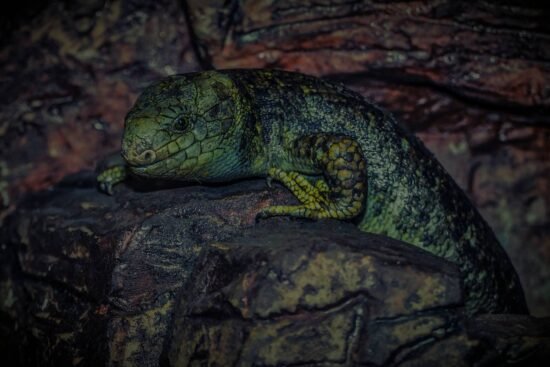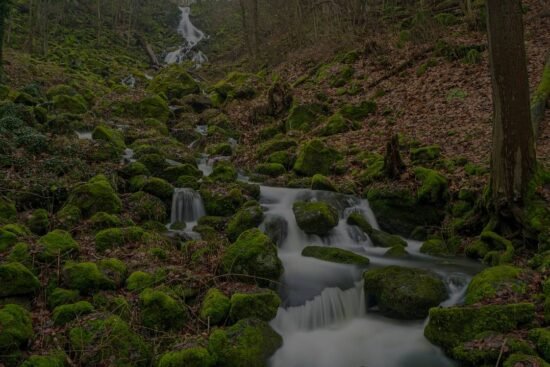Capturing Movement: Photography Tips for Dance Performances
As an avid lover of the arts, there are few things that captivate me more than the beauty and grace of a breathtaking dance performance. The way a dancer moves across the stage, expressing emotion and storytelling through movement, is truly mesmerizing. As a former ballet dancer myself, I have always been drawn to the world of dance and the challenge of capturing its essence through photography.
In my years of experience as a copywriter and SEO expert, I have honed my skills in writing about the arts scene in major cities around the world. However, today, I want to share some photography tips for capturing movement in dance performances. Whether you are a professional photographer or just someone who appreciates the art of dance, these tips will help you take stunning photos that truly convey the magic of the moment.
1. Understand the Language of Dance
The first step in capturing movement in a dance performance is to understand the language of dance. Each movement, gesture, and expression has a specific meaning and purpose, and as a photographer, it is your job to translate that into a visual medium. Pay close attention to the choreography, the music, and the emotions being expressed on stage. By understanding the story being told through movement, you will be able to anticipate the key moments and capture them with precision.
2. Use the Right Equipment
When photographing dance performances, having the right equipment is essential. A camera with a fast shutter speed and a high ISO capability will allow you to freeze the motion of the dancers and capture crisp, clear images even in low light conditions. A telephoto lens will also be useful for getting close-up shots of the performers without disrupting their performance. Additionally, consider using a tripod to ensure stability and precision in your shots.
3. Play with Light and Shadow
One of the most captivating aspects of dance is the interplay between light and shadow. Use light to your advantage when photographing dance performances, highlighting the lines and shapes of the dancers’ bodies as they move across the stage. Experiment with different angles and lighting techniques to create dramatic and dynamic images that truly capture the essence of the performance.
4. Focus on Emotion and Expression
While technical skill is important in photography, it is equally essential to capture the emotion and expression of the dancers. Pay attention to the subtle nuances of their movements, facial expressions, and body language, and strive to convey the depth of feeling and storytelling in your photos. Look for moments of vulnerability, passion, and strength that will resonate with your audience and evoke a sense of connection to the performance.
In conclusion, capturing movement in dance performances through photography is a challenging yet rewarding endeavor. By understanding the language of dance, using the right equipment, playing with light and shadow, and focusing on emotion and expression, you can create stunning images that truly capture the magic of the moment. As someone who is deeply passionate about the arts, I encourage you to explore the world of dance photography and to immerse yourself in the beauty and grace of this timeless art form.
Stay tuned for more insights and tips on capturing the beauty of the arts scene in major cities around the world. And remember, whether you’re a seasoned pro or a novice enthusiast, there is always more to learn and discover on getaway.net, our travel blog website. Happy shooting!









Leave a Reply